Growing Incidence of Cancer
The increasing prevalence of cancer worldwide is a primary driver for the Oncology-based in vivo CRO Market. According to the World Health Organization, cancer cases are projected to rise significantly, with an estimated 29.5 million new cases expected by 2040. This alarming trend necessitates the development of innovative therapies and treatments, thereby propelling demand for in vivo CRO services. As pharmaceutical companies and biotech firms seek to expedite their drug development processes, the reliance on specialized CROs for preclinical and clinical studies becomes paramount. The Oncology-based in vivo CRO Market is thus positioned to experience substantial growth as stakeholders aim to address the urgent need for effective cancer therapies.
Regulatory Support for Cancer Research
Regulatory bodies are increasingly supportive of cancer research initiatives, which serves as a catalyst for the Oncology-based in vivo CRO Market. Initiatives such as the FDA's Breakthrough Therapy Designation and accelerated approval pathways encourage the development of novel cancer therapies. This regulatory environment fosters collaboration between CROs and pharmaceutical companies, facilitating faster and more efficient clinical trials. As a result, the Oncology-based in vivo CRO Market is expected to expand, driven by the need for compliance with evolving regulatory standards and the pursuit of expedited drug approvals.
Rising Investment in Oncology Research
Investment in oncology research is witnessing a notable surge, significantly impacting the Oncology-based in vivo CRO Market. Venture capital funding and public-private partnerships are increasingly directed towards cancer research initiatives, with billions of dollars allocated annually. This influx of capital enables CROs to enhance their capabilities and expand their service offerings, thereby attracting more clients. The Oncology-based in vivo CRO Market is poised for growth as stakeholders capitalize on these investments to develop innovative cancer therapies and improve patient outcomes.
Advancements in Drug Development Technologies
Technological innovations in drug development are reshaping the landscape of the Oncology-based in vivo CRO Market. The integration of advanced methodologies such as CRISPR gene editing, high-throughput screening, and sophisticated imaging techniques enhances the efficiency and accuracy of preclinical studies. These advancements allow for more precise targeting of cancer cells and improved understanding of tumor biology. As a result, pharmaceutical companies are increasingly outsourcing their research to specialized CROs that possess these cutting-edge technologies. The Oncology-based in vivo CRO Market is likely to benefit from this trend, as the demand for innovative solutions in drug development continues to rise.
Increasing Demand for Outsourcing Preclinical Studies
The trend of outsourcing preclinical studies is gaining momentum, particularly in the Oncology-based in vivo CRO Market. Pharmaceutical and biotechnology companies are recognizing the advantages of partnering with specialized CROs to streamline their research processes. By outsourcing, these companies can access expertise, reduce operational costs, and accelerate their drug development timelines. This shift towards outsourcing is likely to continue, as more organizations seek to leverage the specialized knowledge and resources offered by CROs. Consequently, the Oncology-based in vivo CRO Market is expected to thrive as demand for outsourced services grows.


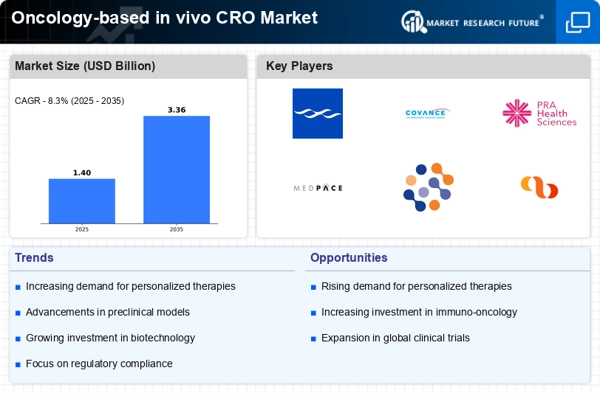
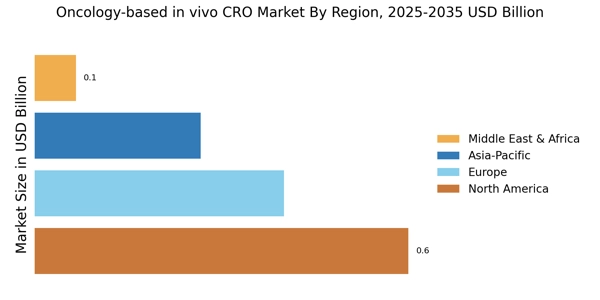

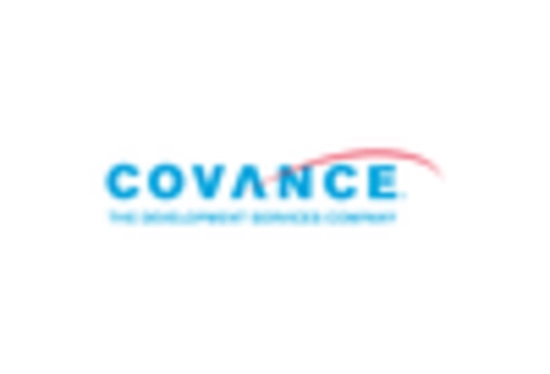
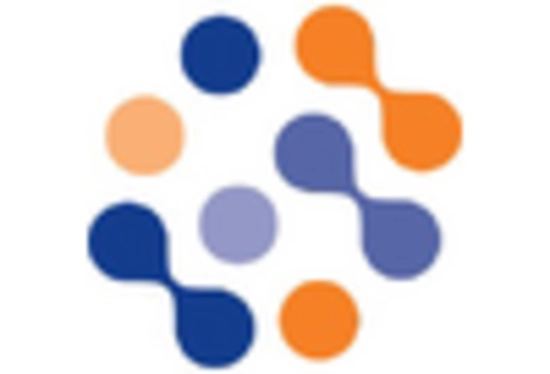
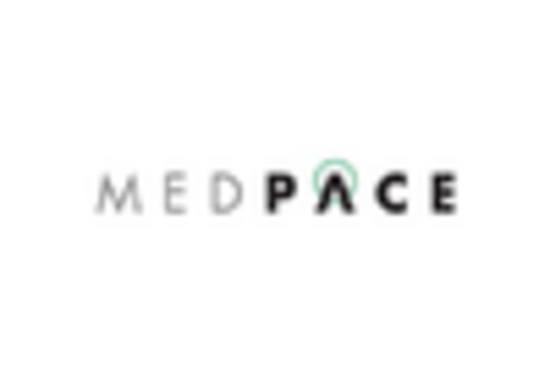
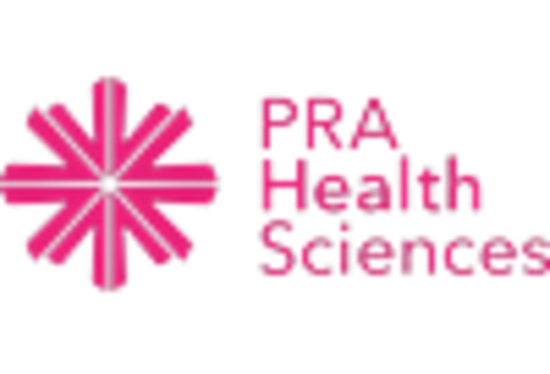









Leave a Comment